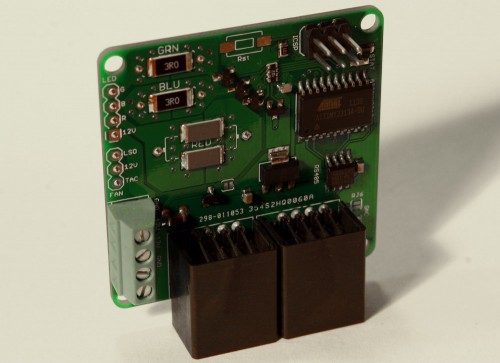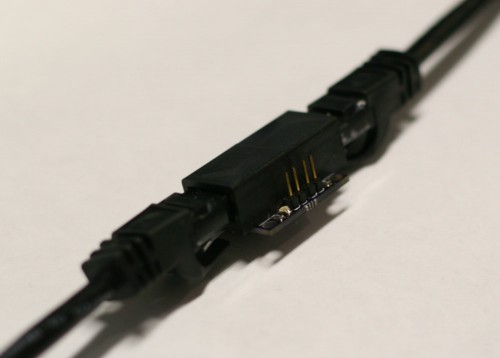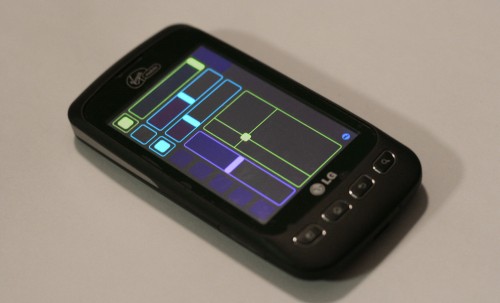Luma Node
Revision 3 Luma high-power RGB controller boards just got back from the fab, and we’ve populated and tested the first of the boards. The new boards include a 3-pin fan connector (power, ground, and tach) as well as improved thermal dissipation and support for both thru-hole and surface mount current-limiting resistors. The board is also slightly larger with mounting holes on each corner, a significant improvement from our old 3-hole mounting design.
Pulse Node
The Pulse node is a new member of the MNL family which is self-powered, incredibly small, and has 2 digital outputs for solid-state relays. Both of the ICs on this tiny node are placed on the bottom of the board directly under the RJ45 connectors. The node is powered over the CAT5 cable, eliminating the need for a DC power source at each Pulse node. Although the output capabilities of these nodes is fairly limited (2 channels can be switched on or off independantly with a single command) these nodes are great for driving solid-state relays which can control high-power flood lights, christmas lights, or any other AC device you can think of. The first revision of these boards needed a few green-wire fixes, but the second round should resolve all of the issues with the first design. Keep watching the blog for updates in the coming weeks.
Node Control and Protocol
We have made some updates to the MNL serial protocol to support addressing different types of nodes (such as Pulse or Luma) and we added the capability to reset the serial parser with a single magic byte. The Luma serial parsing engine is now much more robust, gracefully recovering from invalid bytes and unterminated commands. We also implemented additional color fade modes (static, dwell, fade, and strobe) and we’ve started to implement support for buffered RGB commands.
On the software side, we’ve updated our Processing application with support for OSC messages. This allows us to use a phone or tablet running TouchOSC (or any other OSC controller) to change fade mode, fade parameters, and music analysis parameters. Although we have relied on software to do audio analysis, we have begun designing the schematic of the new MNL node controller. This hardware controller will take the place of the Processing app in doing audio analysis, greatly reducing latency and allowing for standalone operation.
Moving Forward
In the coming months we will be exhibiting at the Detroit Maker Faire. If you’re in the area, come check us out to see a demo of our Pulse and Luma nodes in action. For more information about this event, check out makerfairedetroit.com.
http://www.makerfairedetroit.com/
![[protofusion]](http://protofusion.org/wordpress/wp-content/uploads/2013/02/protofusion-text2.png)



Leave a Reply